Navigating VAT in the EU - Advanced Tax Terminology

Since its introduction in the 1960s, Value-Added Tax (VAT) has been a cornerstone of the European Union's (EU) fiscal policy. Initiated to harmonize taxation across Member States, VAT has become a crucial revenue source for EU governments.
The EU has continuously redefined the VAT landscape through various EU VAT directives and reforms to adapt to changing economic realities, combat VAT fraud, and reduce the VAT gap.
The VAT e-commerce package, introduced in 2021, is a prime example of these efforts. It aims to simplify online businesses' VAT compliance and boost intra-EU trade. All these changes created specific tax terminology related to the EU VAT landscape.
Intra-EU Supplies
Intra-EU supplies refer to the cross-border movement of goods and services between EU Member States. These transactions are governed by specific VAT rules to facilitate smooth and efficient trade within the EU single market.
In simple terms, a supply of goods refers to the transfer of ownership of physical items. Certain items, like electricity and gas, are also considered tangible goods. Businesses must know the VAT implications when selling goods across EU borders.
Businesses may need to account for VAT if they send products to customers in other EU countries. However, there are exceptions for specific situations, like temporary use of goods or when goods are worked on and returned to the original country.
A supply of services includes any transaction that doesn't involve the transfer of physical goods. This can consist of various activities, from providing telecommunications services, such as transmitting signals or information via multiple means, to transferring intangible property. Generally, the location where services are consumed should determine where taxation occurs.
Intra-EU Acquisitions
Intra-EU acquisition of goods refers to acquiring ownership rights to movable tangible property from one EU Member State to another. If goods are imported into an EU country different from the one where transport ends, they're considered dispatched from the country of importation.
The importer can reclaim VAT paid during importation, provided VAT was applied to the acquisition in the country where transport ended. Additionally, when a business uses goods from another EU Member State for its operations, it's treated as an intra-EU acquisition subject to VAT.
Imports from Third Countries and Territories
First, we need to clarify the terms of third countries and territories to understand the rules regarding importation from these territories. Under the EU VAT Directive, the territories of certain EU countries are not part of the EU VAT territory.
These territories are called third territories, and import VAT must be paid for goods arriving from them. Some examples of these territories are the Canary Islands, Mount Athos, the Aland Islands, French Overseas Departments, Lake Lugano, and Campione d’Italia.
Third countries are not part of the EU, and the EU VAT Directive does not apply to those countries. They are also referred to as the rest of the world. Import duties and import VAT must be paid on goods imported from such countries since they are not part of the customs nor EU VAT territory.
Exports to non-EU Countries
Under EU rules, VAT is not charged when goods are exported from the EU to non-EU countries. The VAT is charged in the country of import. Businesses must provide proof that goods are transported outside the EU, such as a copy of the invoice, a transportation document, or a customs record.
In addition, the EU VAT Directive explicitly defines that telecommunications services supplied to customers established in third countries should, in principle, be taxed where the service's customer is located.
EU VAT Refund
EU regulations allow businesses to reclaim VAT from a Member State where they are not established or have had a fixed establishment during the period for which the refund is asked. This is one of two conditions businesses must meet to be eligible for a refund. The second condition is that businesses did not supply any goods or services deemed provided in the Member State of Refund.
Like in many other situations, this rule also has certain exemptions. With that in mind, the supply of transport services, related services, and goods and services to a person liable for payment of VAT (reverse-charge mechanism) is an exemption to the second condition.
This whole process is completed electronically. Businesses submit requests for VAT refunds to the Tax Authority in the Member State of Establishment (MSE), which, after processing the request, sends it to the Member State of Refund.
The decision made by the Member State of Refund can be positive or negative; that is, it can accept, partially accept, or reject the request for the VAT refund.
Electronically Supplied Services (ESS)
Electronically Supplied Services (ESS) or digital services include many online services, from websites to online platforms. Examples include downloadable or streaming digital content such as e-books, software, music, and video, as well as online gaming, web hosting, and distance learning programs.
These services are characterized by their delivery method, which is predominantly automated and involves minimal manual intervention from the service provider.
Regarding EU VAT regulations, ESS are subject to specific rules designed to ensure that VAT is correctly applied and collected. The place of supply for ESS provided to consumers is determined based on the customer's location. This means that VAT should be charged at the rate applicable in the customer's country of residence rather than the supplier's country.
One Stop Shop (OSS)
The expanded OSS replaces the previously established Mini One Stop Shop (MOSS) and covers three special schemes that allow businesses to declare and pay VAT on their intra-EU sales of goods and services in a single EU Member State rather than registering for VAT in each Member State where the sales occur.
Those three schemes are:
Union Scheme,
Non-Union Scheme, and
Import Scheme.
The EU has eliminated the previous individual thresholds for distance sales of goods, introducing a unified threshold of EUR 10,000 across the EU. Below this threshold, supplies of TBE services (telecommunications, broadcasting, and electronic services) and distance sales of goods within the EU may continue to be subject to VAT in the Member State where the business is registered.
Union Scheme
The Union Scheme under the EU OSS allows EU and non-EU businesses, including EU and non-EU electronic interfaces, to declare and pay VAT on goods and services supplied to consumers across multiple EU Member States via a single electronic portal in their home country.
This scheme simplifies VAT compliance for distance sales of goods and certain domestic services supplies within the EU.
Non-Union Scheme
The Non-Union Scheme extends the OSS benefits to businesses established outside the EU, enabling them to declare and pay VAT using the simplified method for all their B2C supplies of services to EU customers.
This scheme particularly benefits non-EU businesses that wish to utilize simplified VAT procedures without registering for VAT in each Member State where their consumers are.
Import Scheme (IOSS)
The Import One Stop Shop (IOSS) is designed specifically for collecting and paying VAT on goods imported into the EU with a value not exceeding EUR 150. It allows suppliers, marketplaces, or electronic interfaces facilitating such transactions to collect VAT from customers at the point of sale and declare it via a simplified OSS return.
This scheme aims to reduce customs delays and administrative burdens for low-value imports into the EU.
Conclusion
The EU VAT landscape and tax terminology have evolved significantly since its inception in the 1960s. They play a crucial role in harmonizing fiscal policies across Member States.
The introduction of the OSS aims to simplify compliance for businesses, particularly in the digital economy while enhancing cross-border trade within the EU single market.

Featured Insights

Angola’s E-Invoicing Mandate: Phased Implementation Continues Into 2026
🕝 December 10, 2025
VAT Deduction and Business Succession: When Do Advisory Costs Serve the Company’s Interest?
🕝 December 8, 2025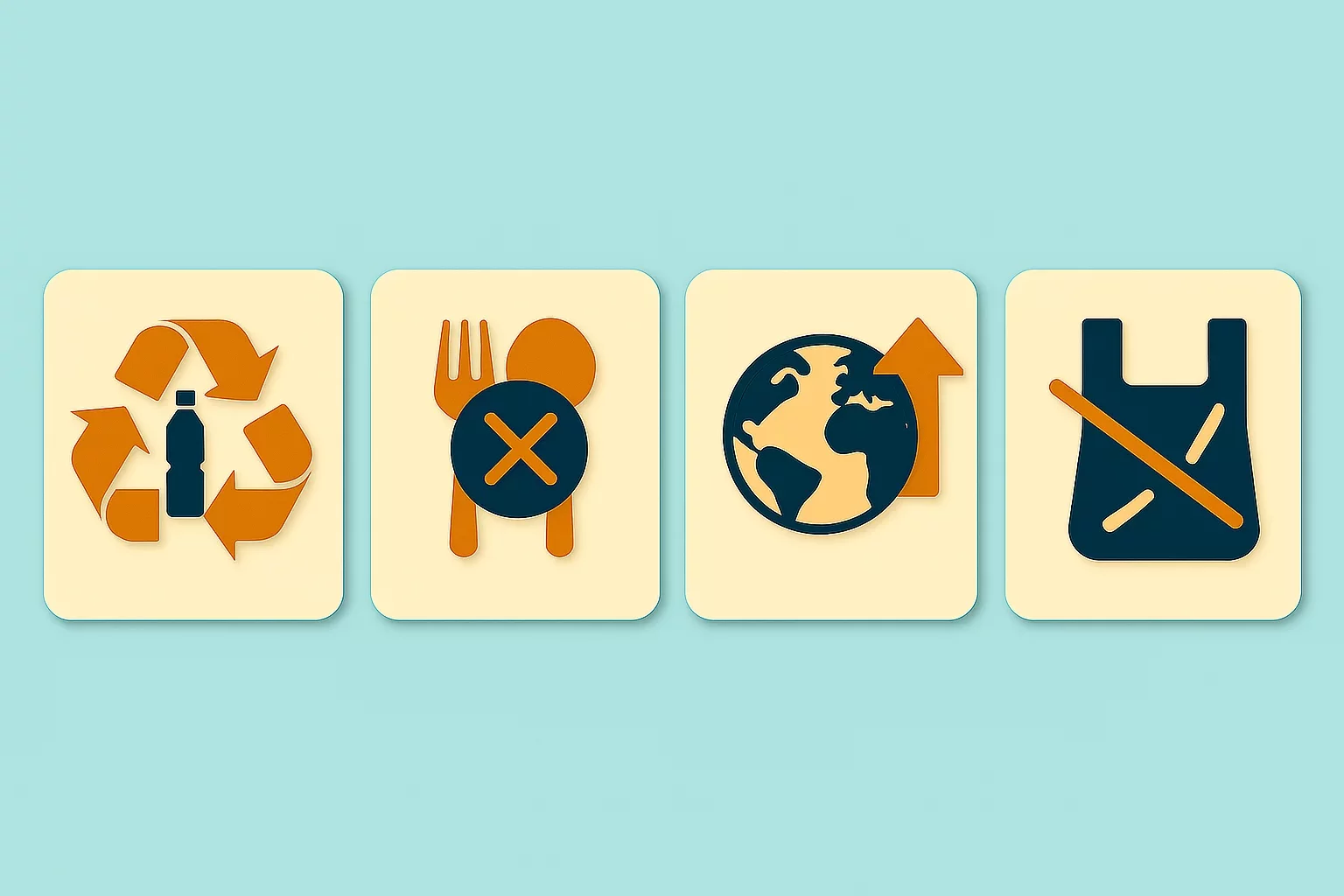
Europe’s Plastic Fiscal Shift: Why Italy’s Plastic Tax Now Starts in 2027
🕝 December 3, 2025
The Decline of Low-Value Import Exemptions: Closing Gaps in Cross-Border E-Commerce
🕝 November 20, 2025More News from Europe
Get real-time updates and developments from around the world, keeping you informed and prepared.
-e9lcpxl5nq.webp)

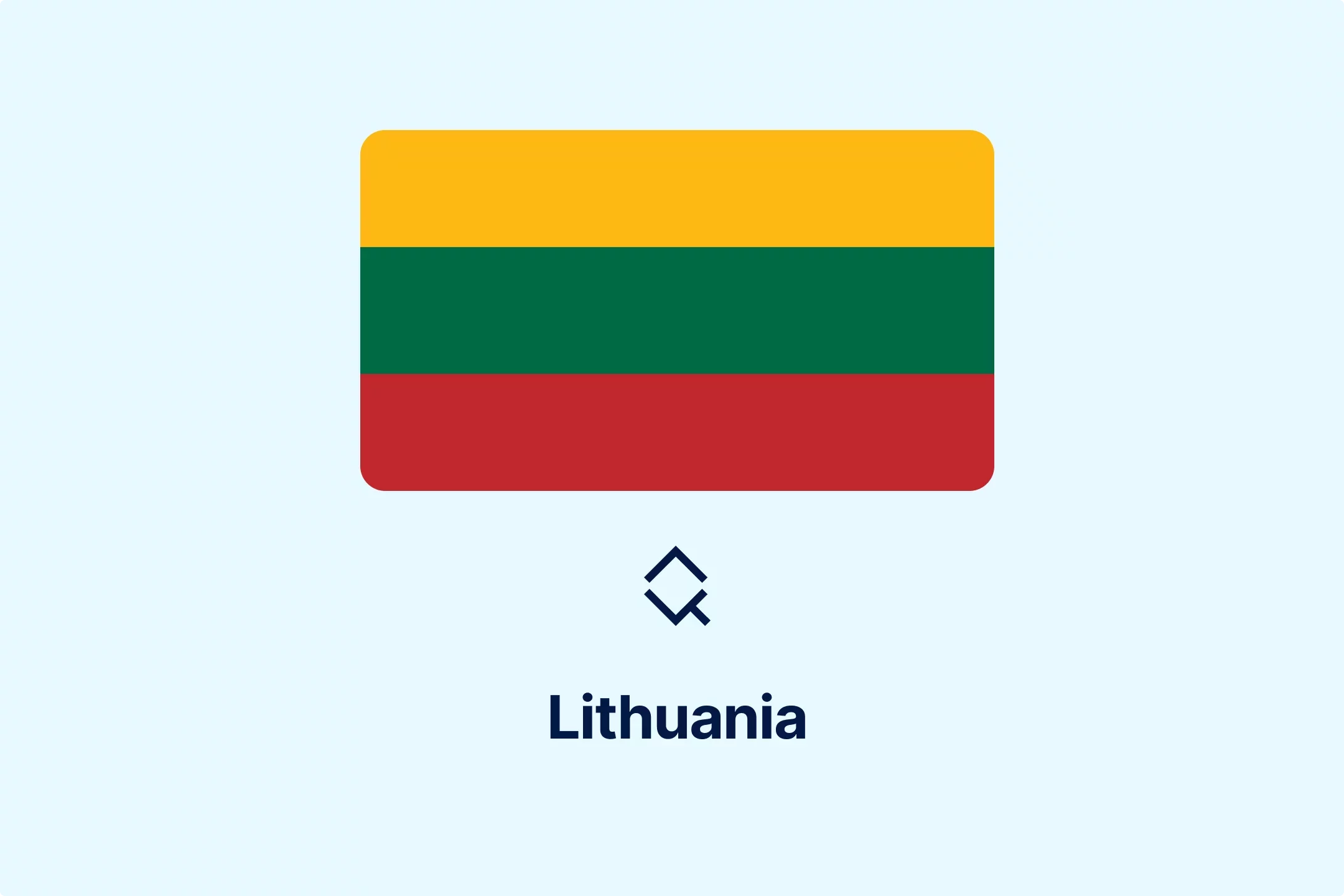

-webajrr4ny.webp)
-evibmwdwcn.webp)
-7acdre0hop.webp)

-lcgcyghaer.webp)
-ol6mdkdowg.webp)
-aqdwtmzhkd.webp)

-njgdvdxe2u.webp)
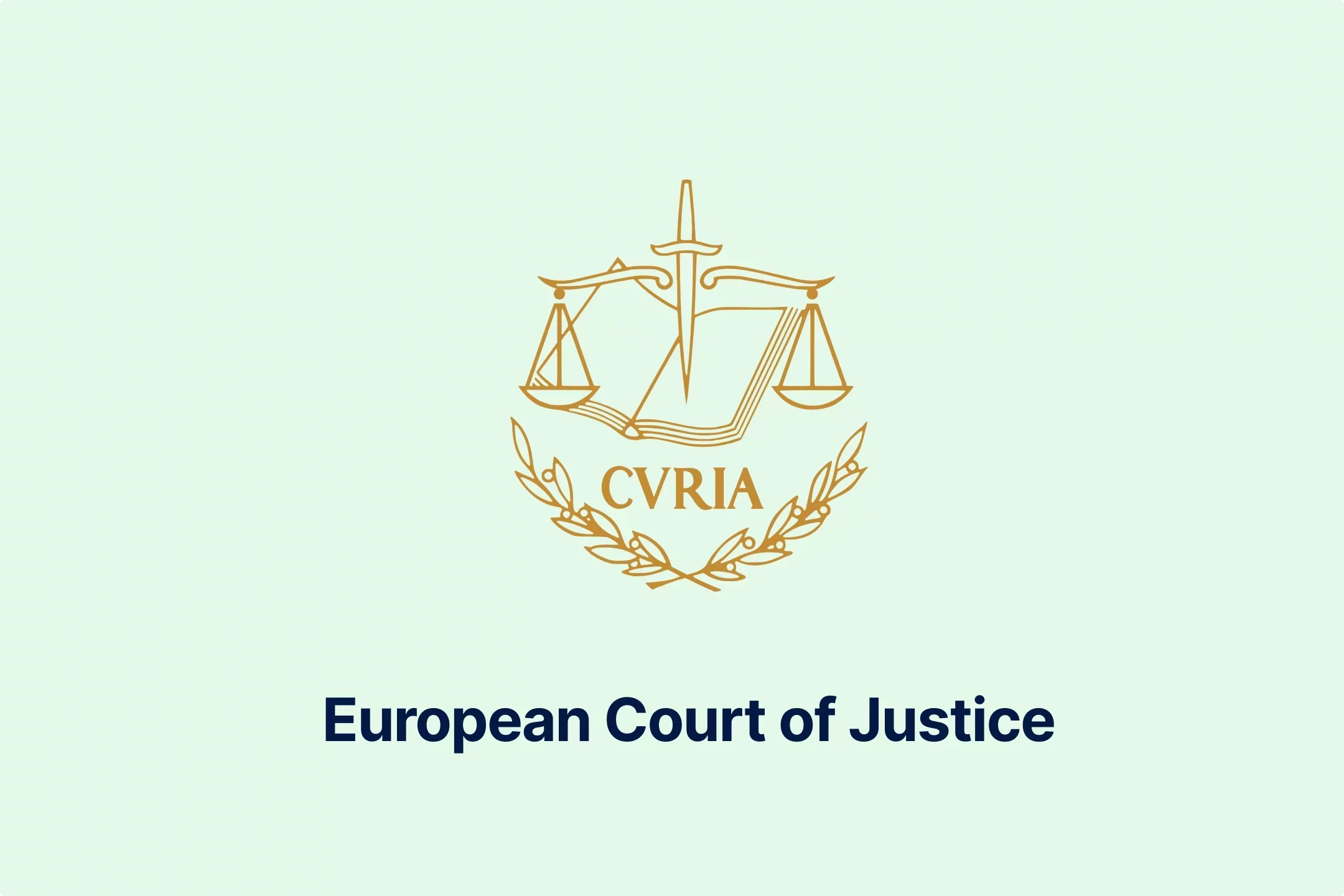

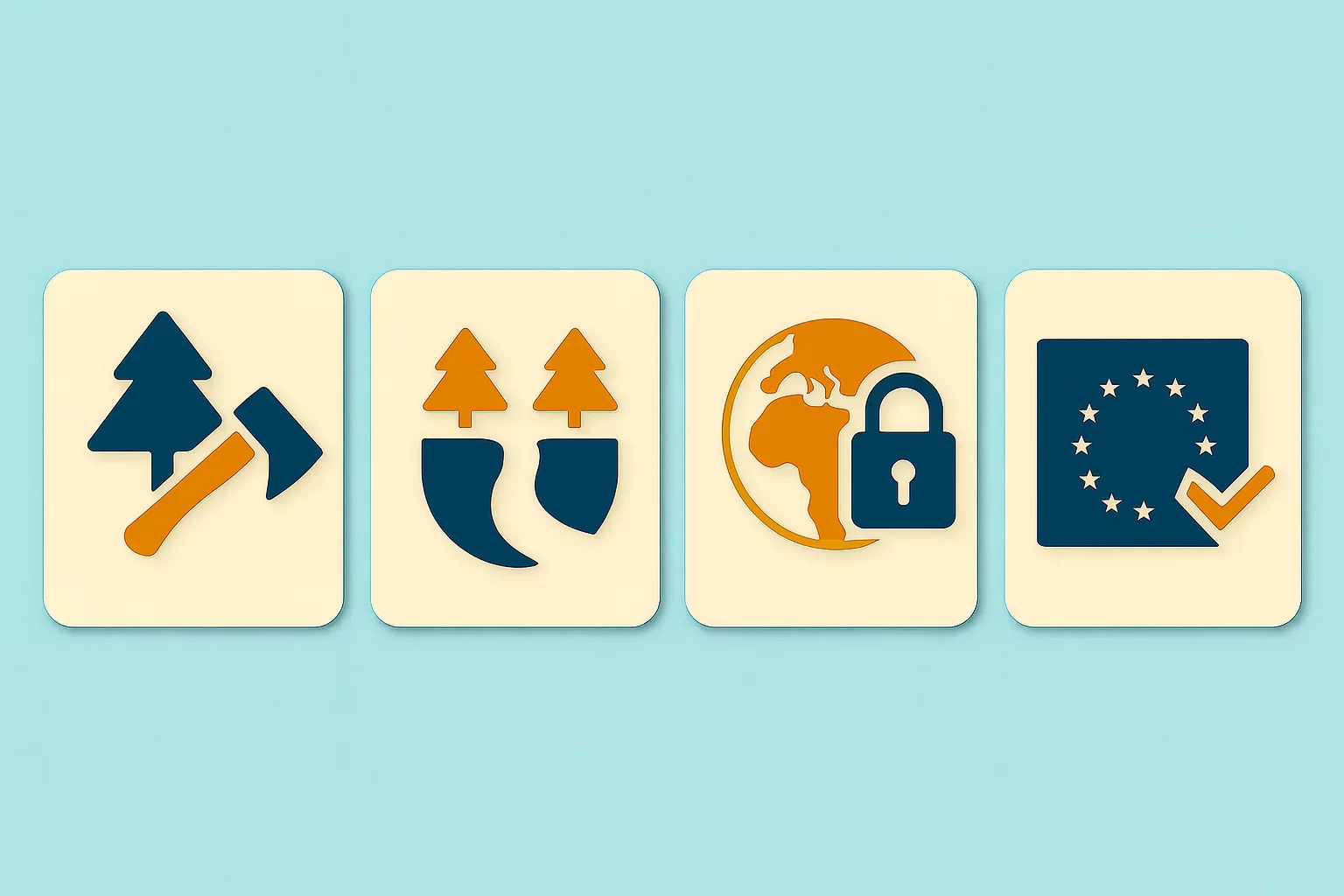
-i6rki3jbad.webp)
-hdwgtama05.webp)

-atbhy5fyxv.webp)




-zp2n6zixoa.webp)
-oa1ynbm4sn.webp)

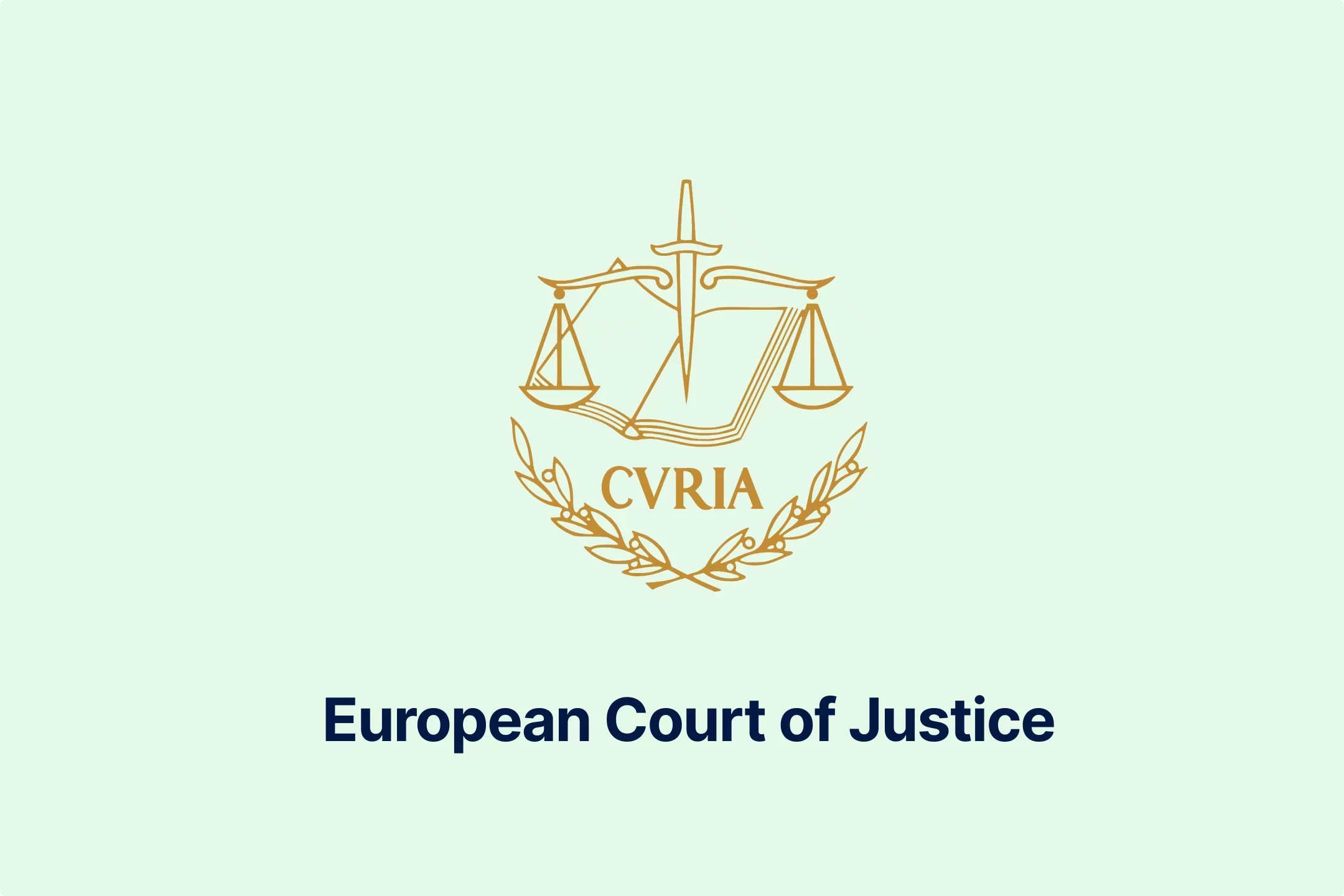
-lltkno6txy.webp)


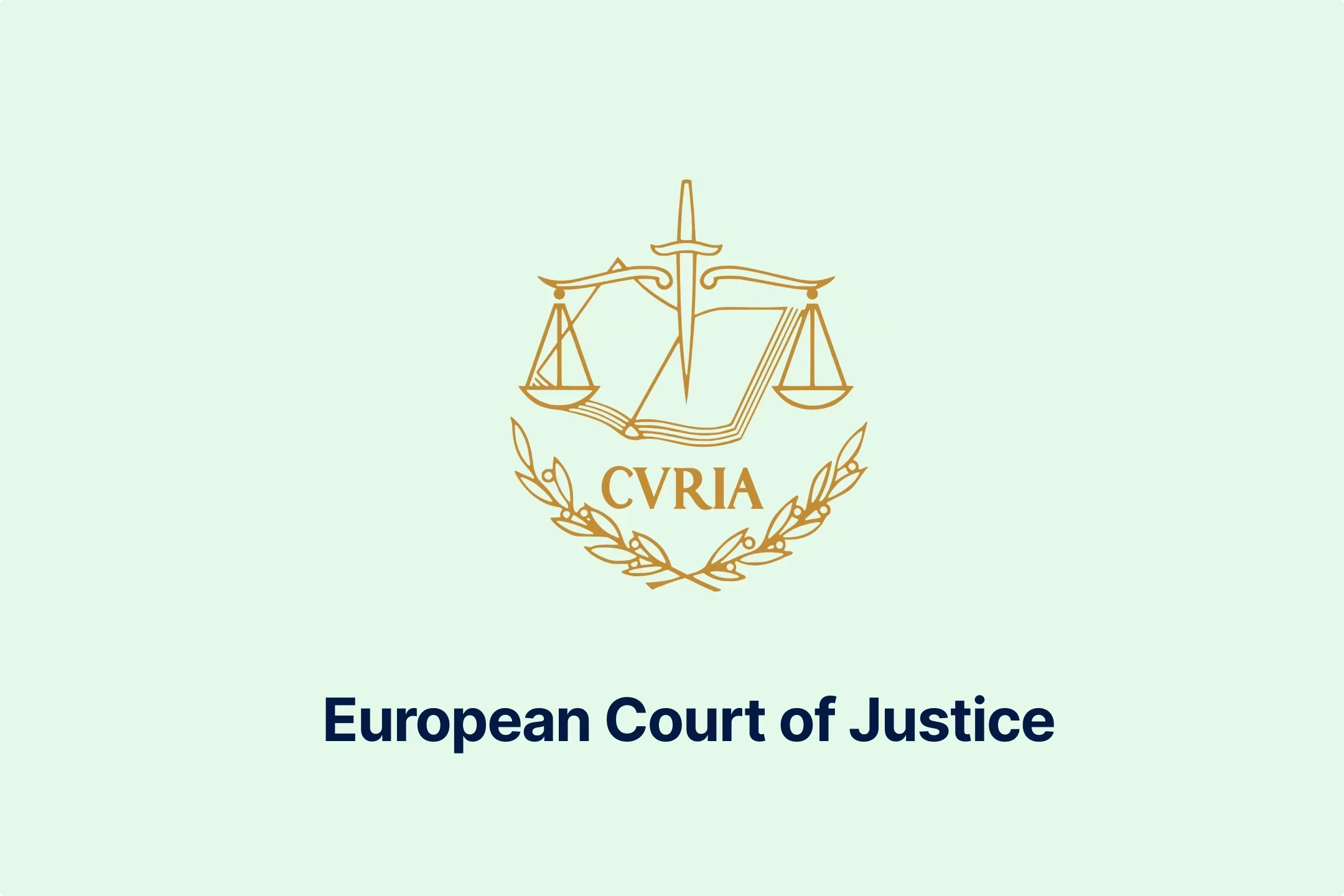
-do38odrqnq.webp)

-t409oldqzt.webp)
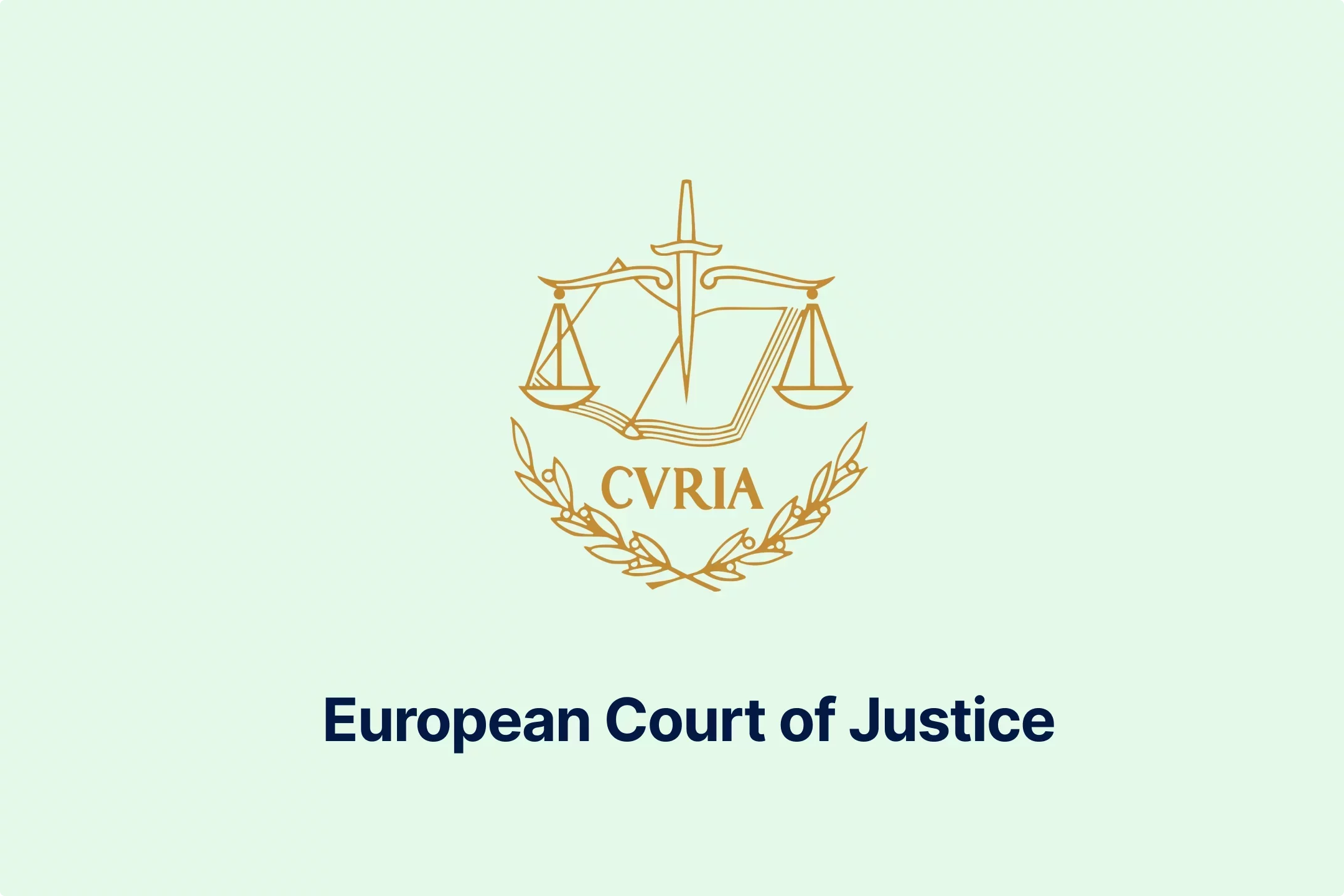
-hordopb6xh.webp)

-ooimnrbete.webp)

-lwb5qpsily.webp)


-eumafizrhm.webp)
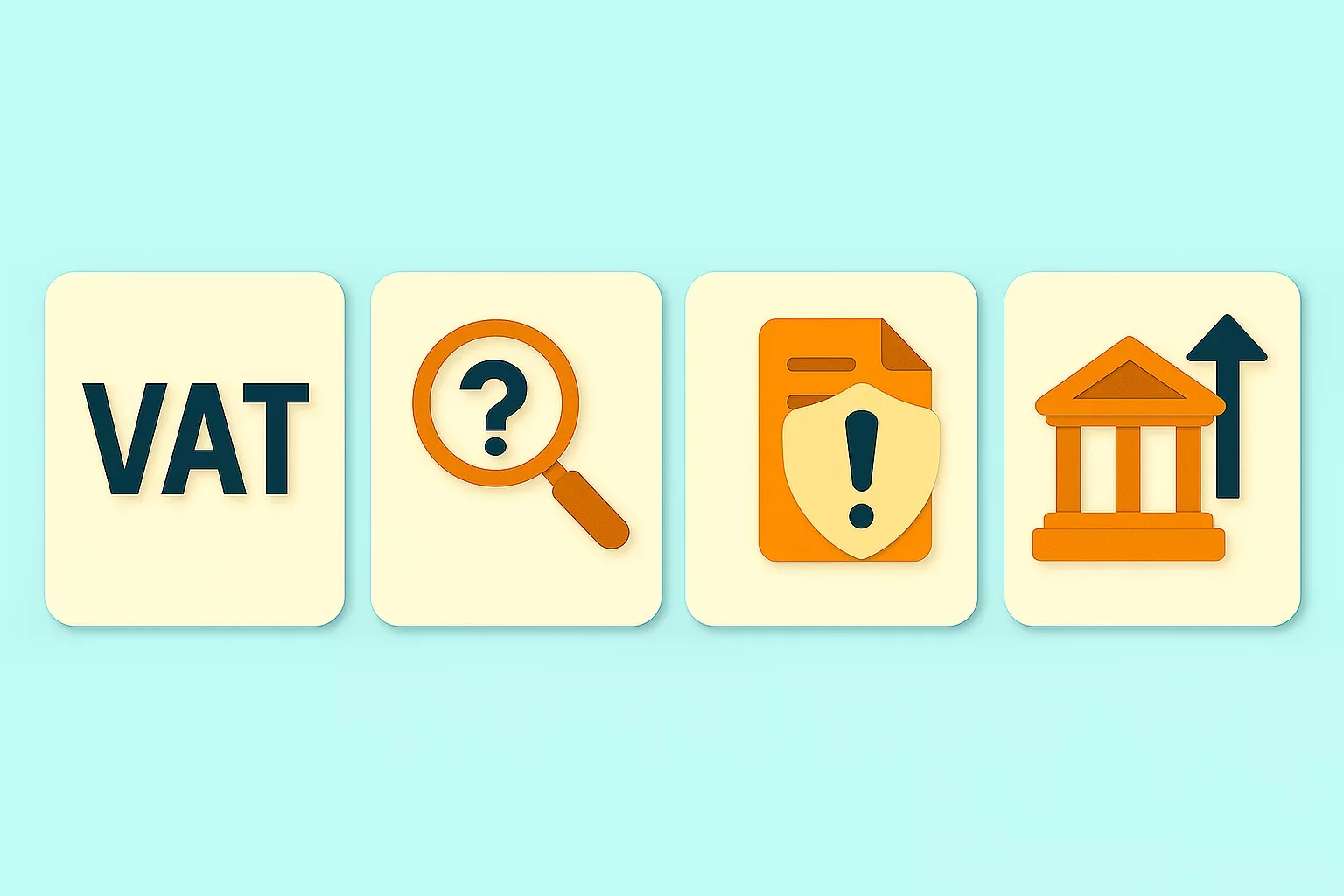
-mtqp3va9gb.webp)
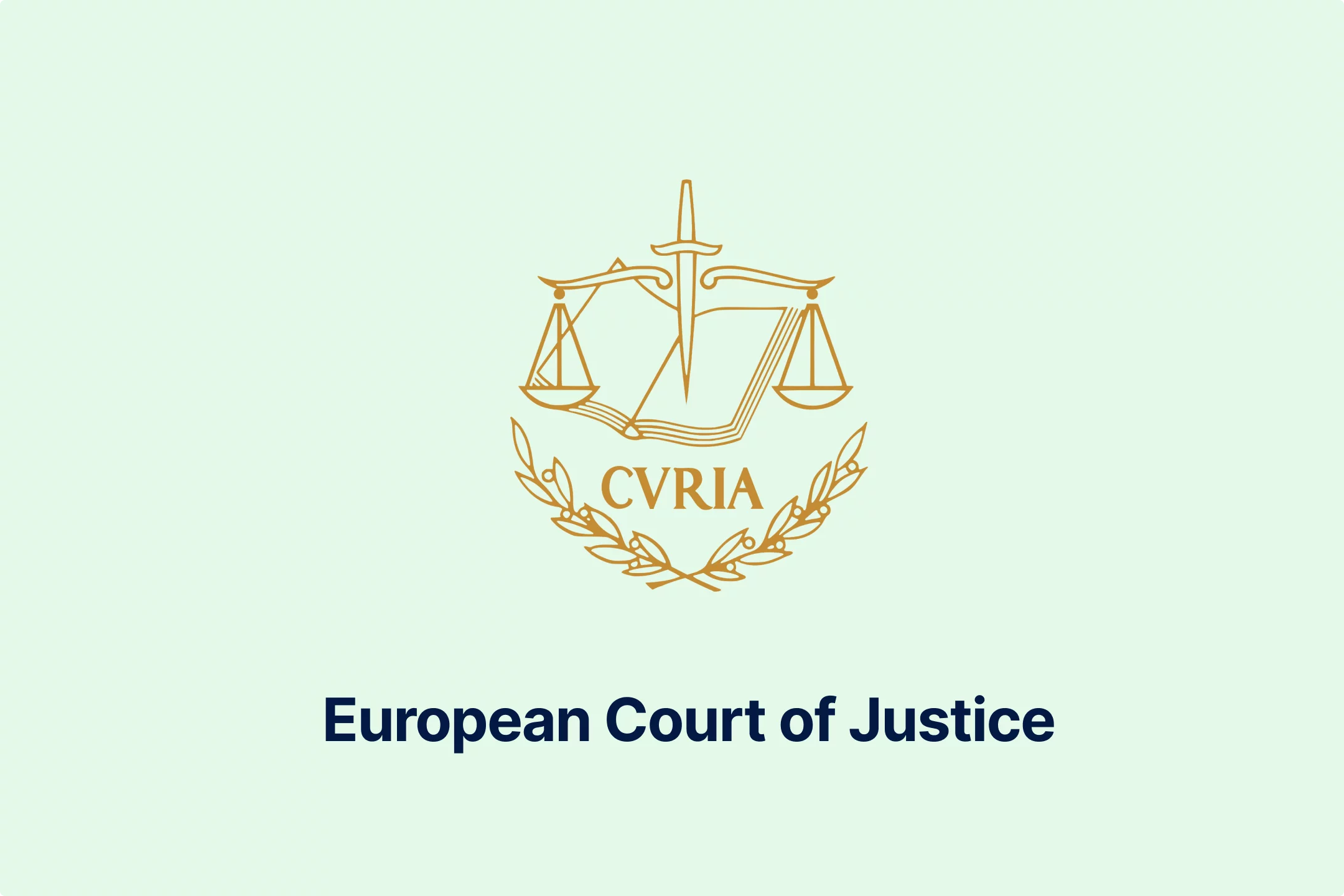
-3ewrn1yvfa.webp)
-591j35flz2.webp)
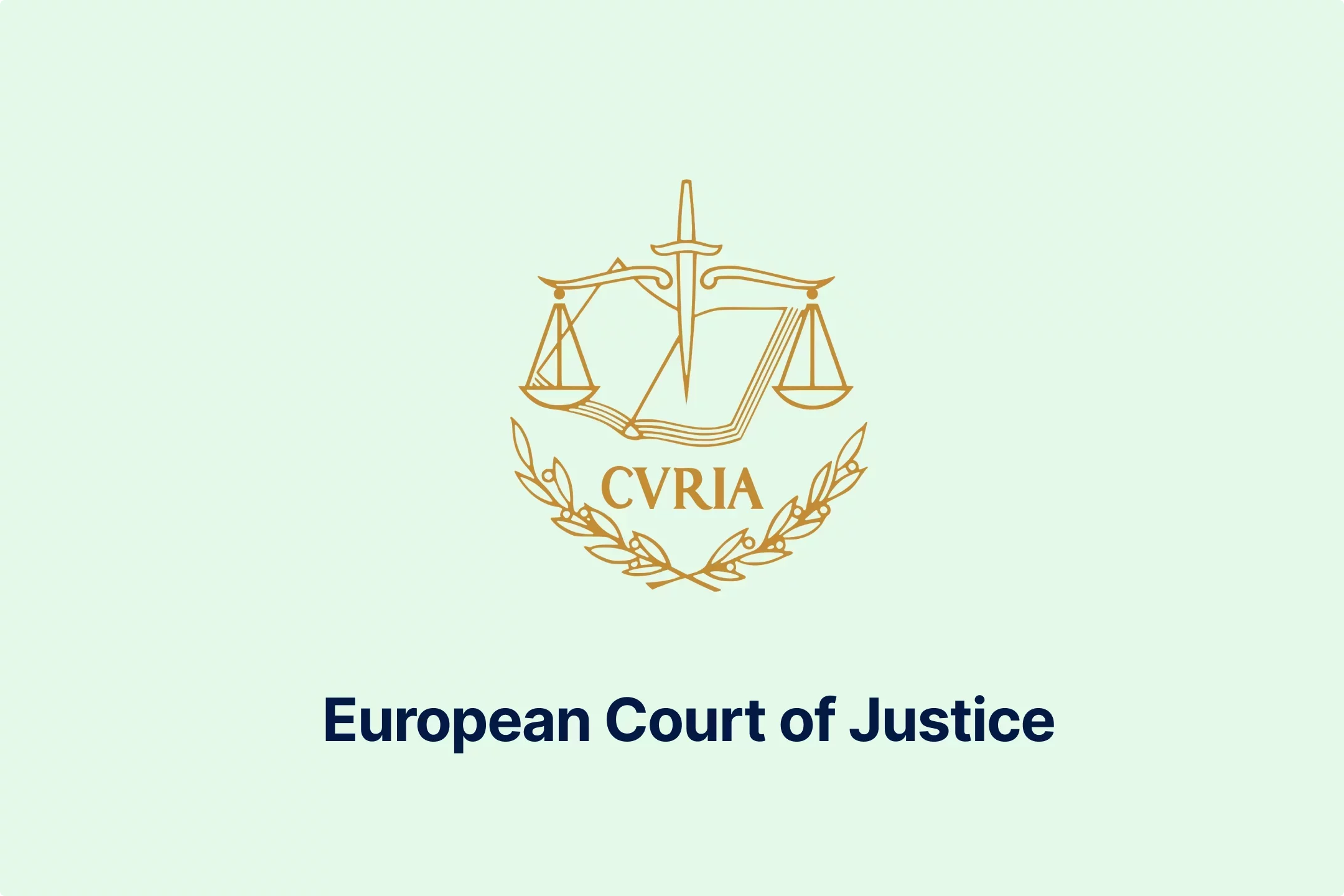
-huj3cam1de.webp)


-hafis0ii23.webp)

-qseaw5zmcy.webp)
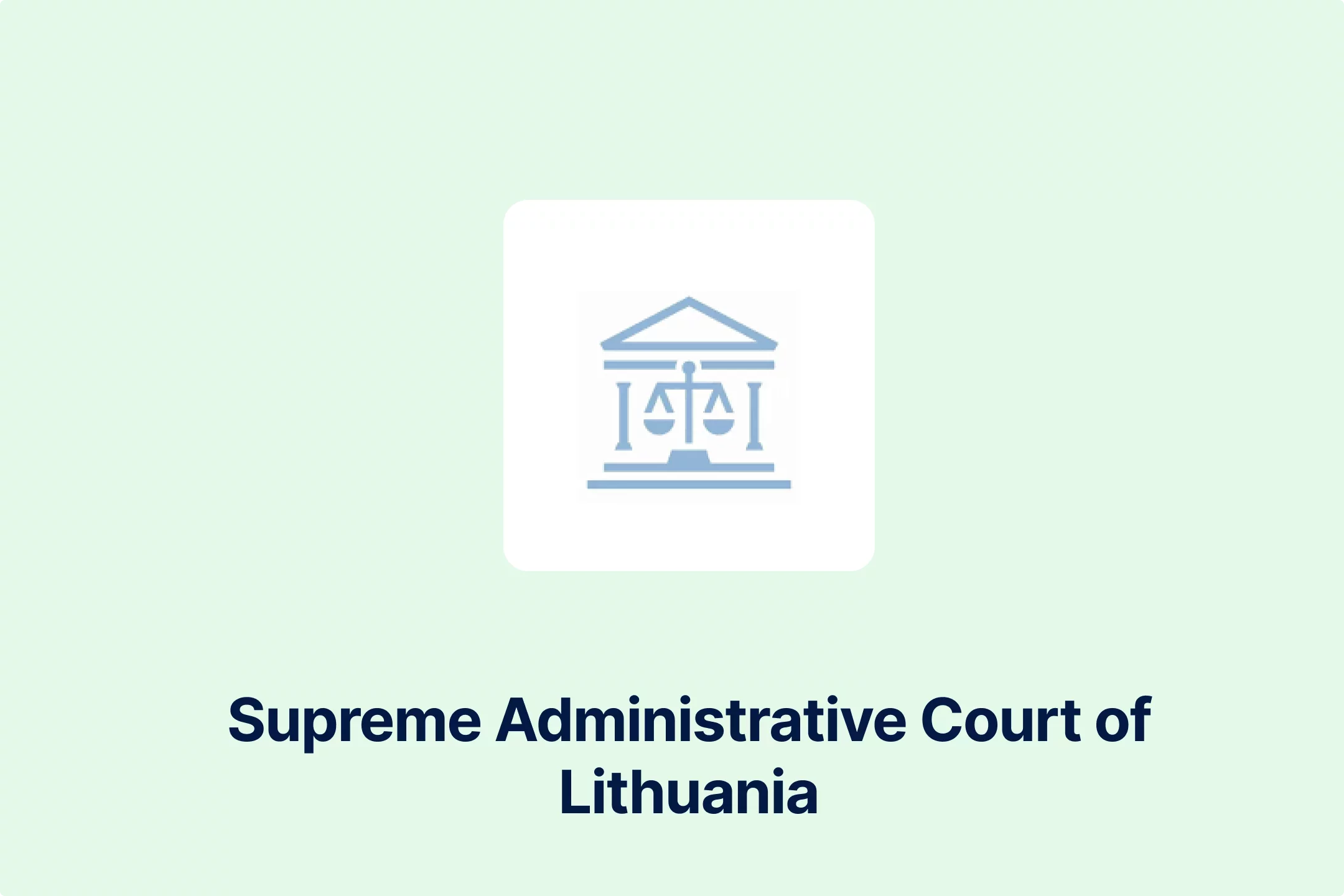

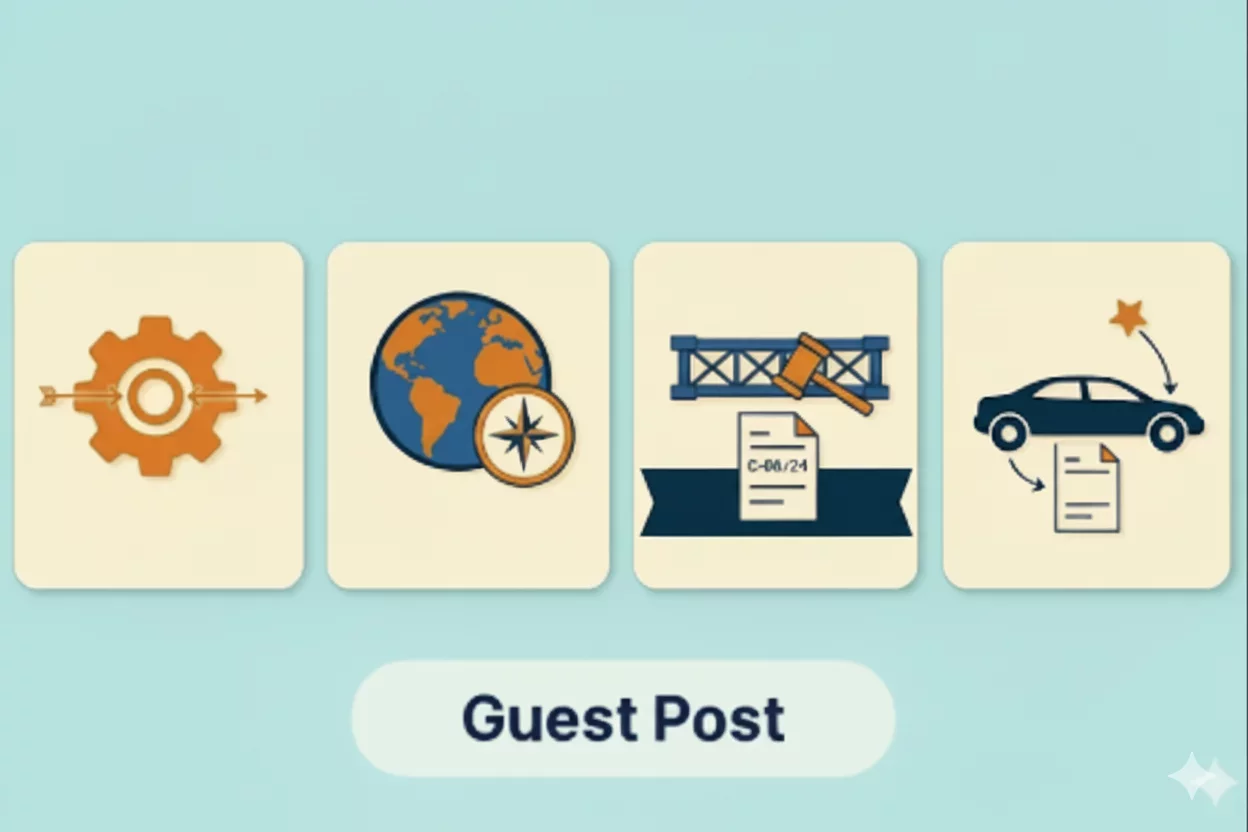
-qzsah2ifqx.webp)


-69rzooghib.webp)
-wrvng98m0g.webp)
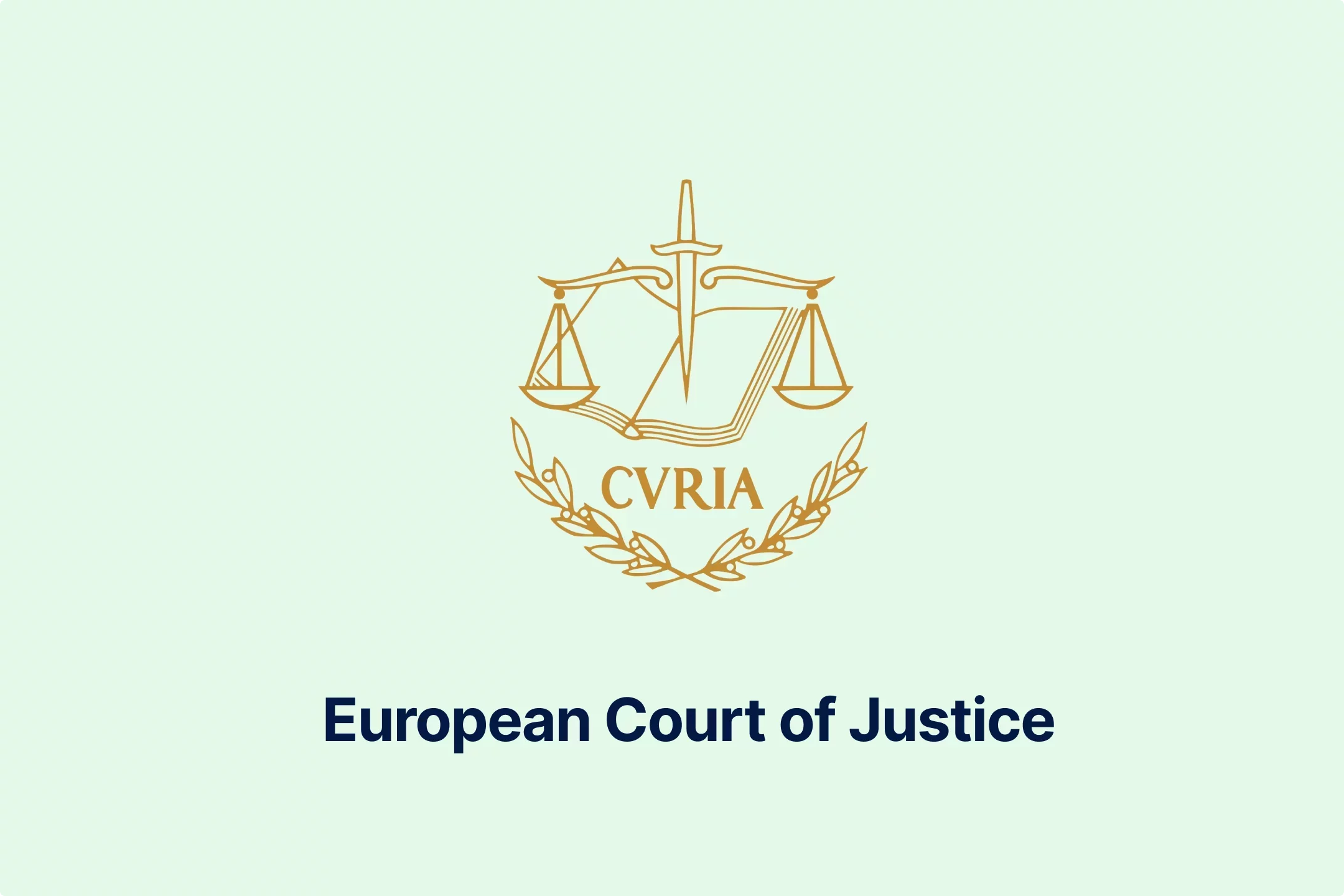
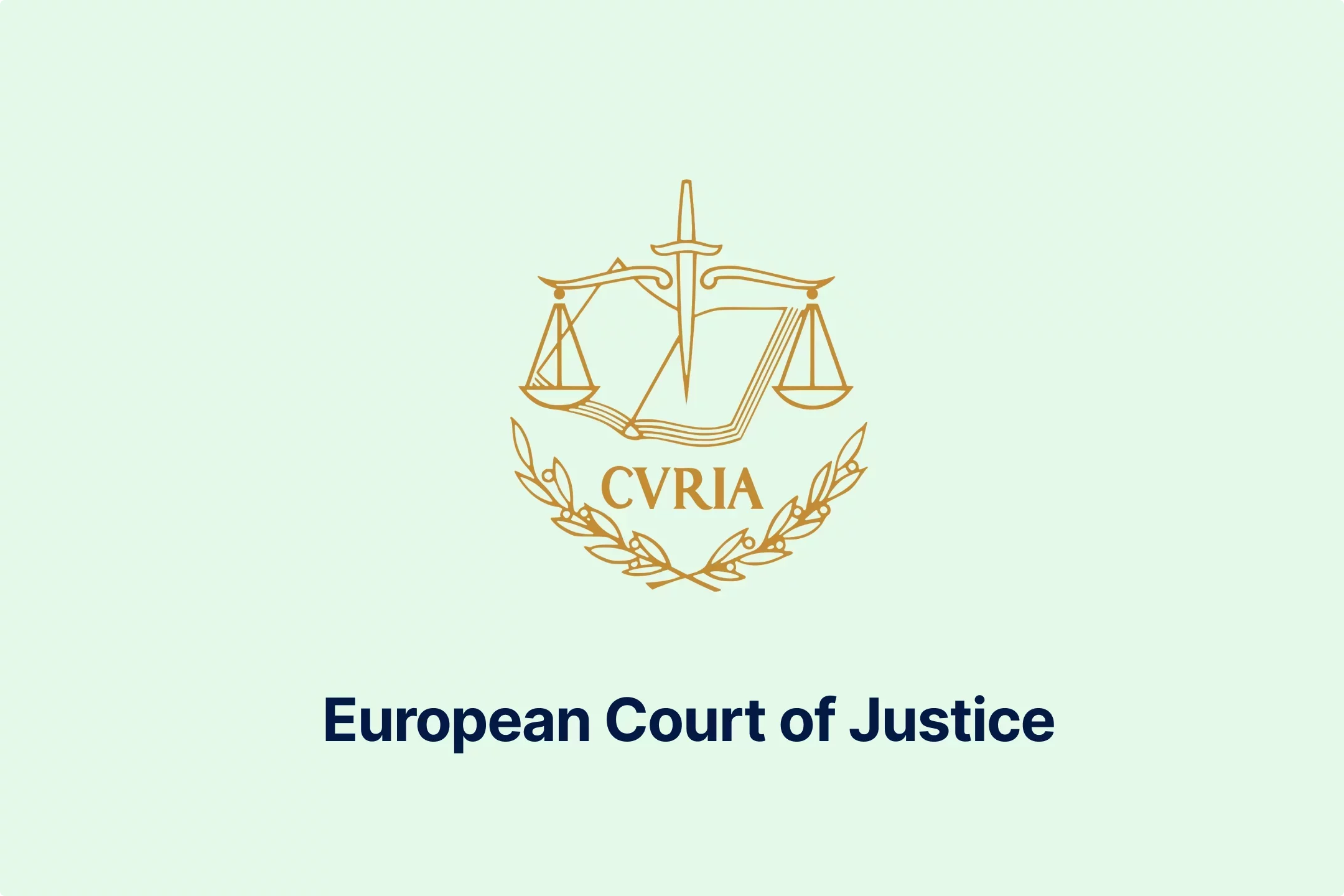
-psucycuxh2.webp)
-klyo8bn5lc.webp)



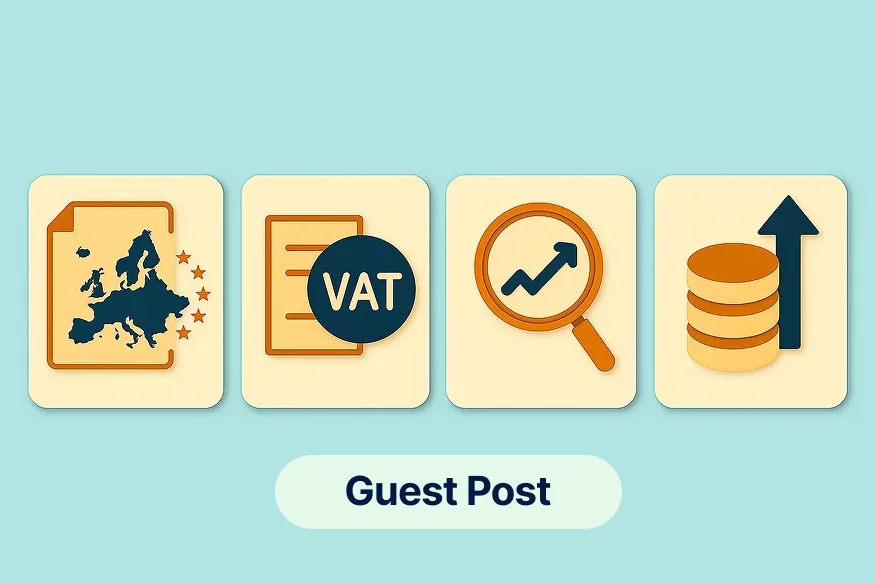
-6wv5h5eyyd.webp)
-tfgg78rbid.webp)
-a6jpv9ny8v.webp)
-qhdbapy0qr.webp)
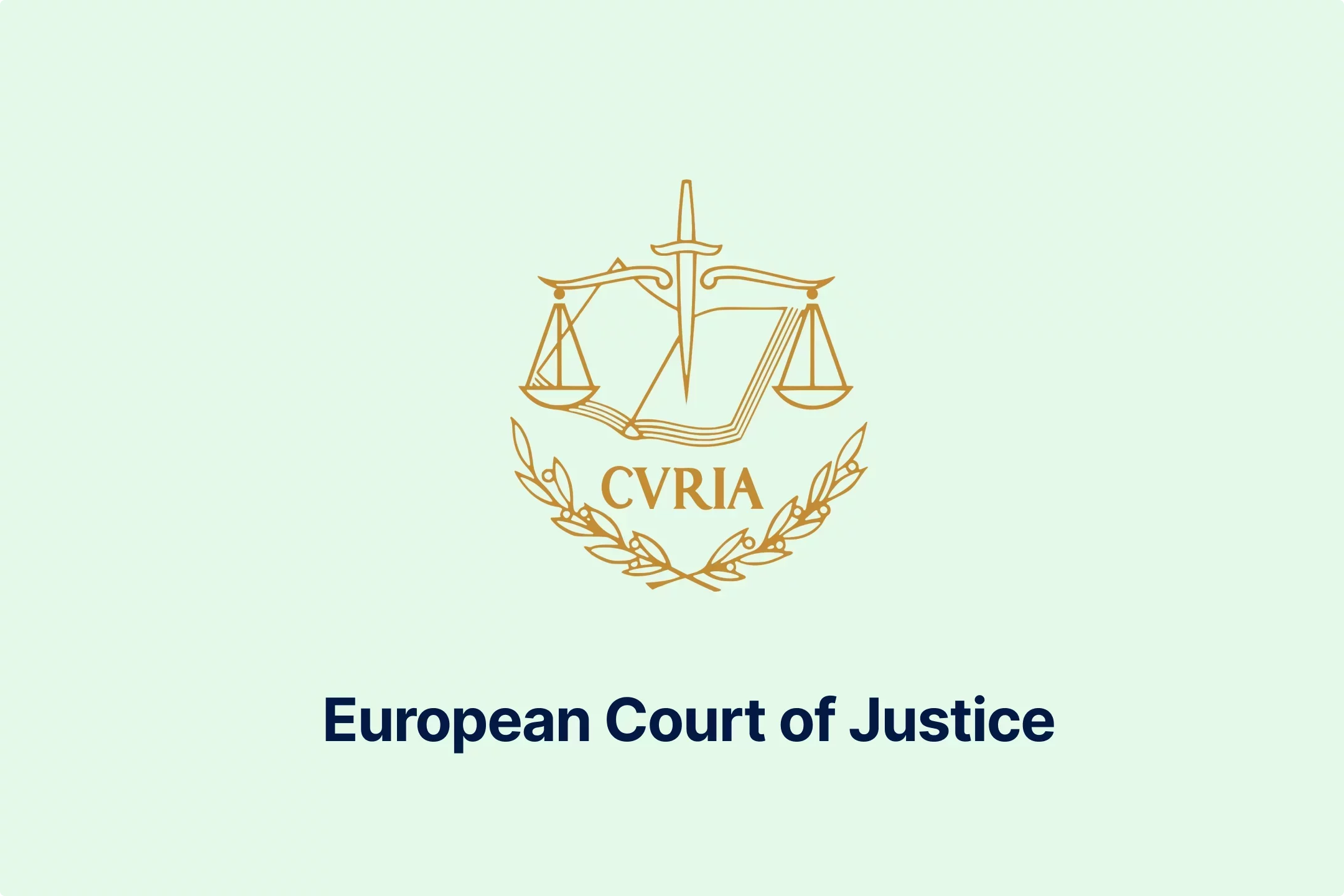

-owvu7zoc13.webp)

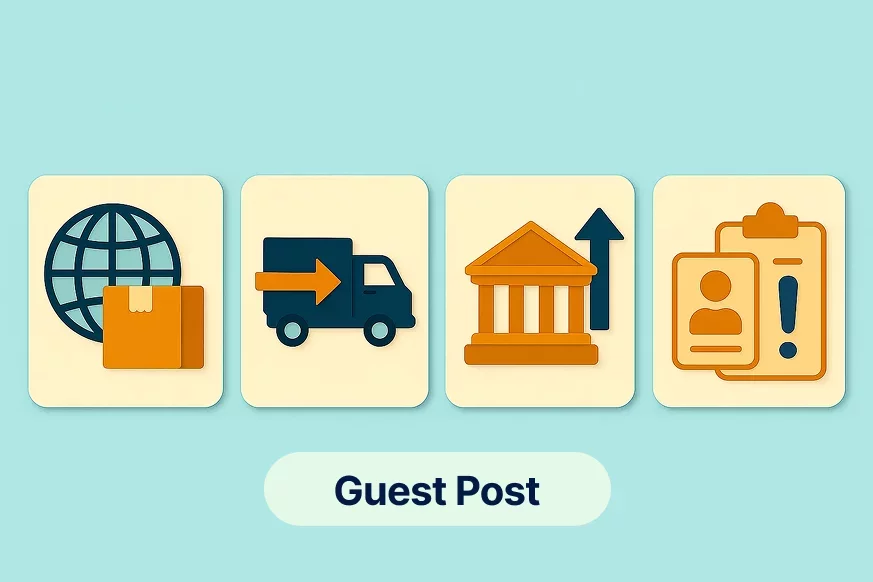
-h28jrh1ukm.webp)
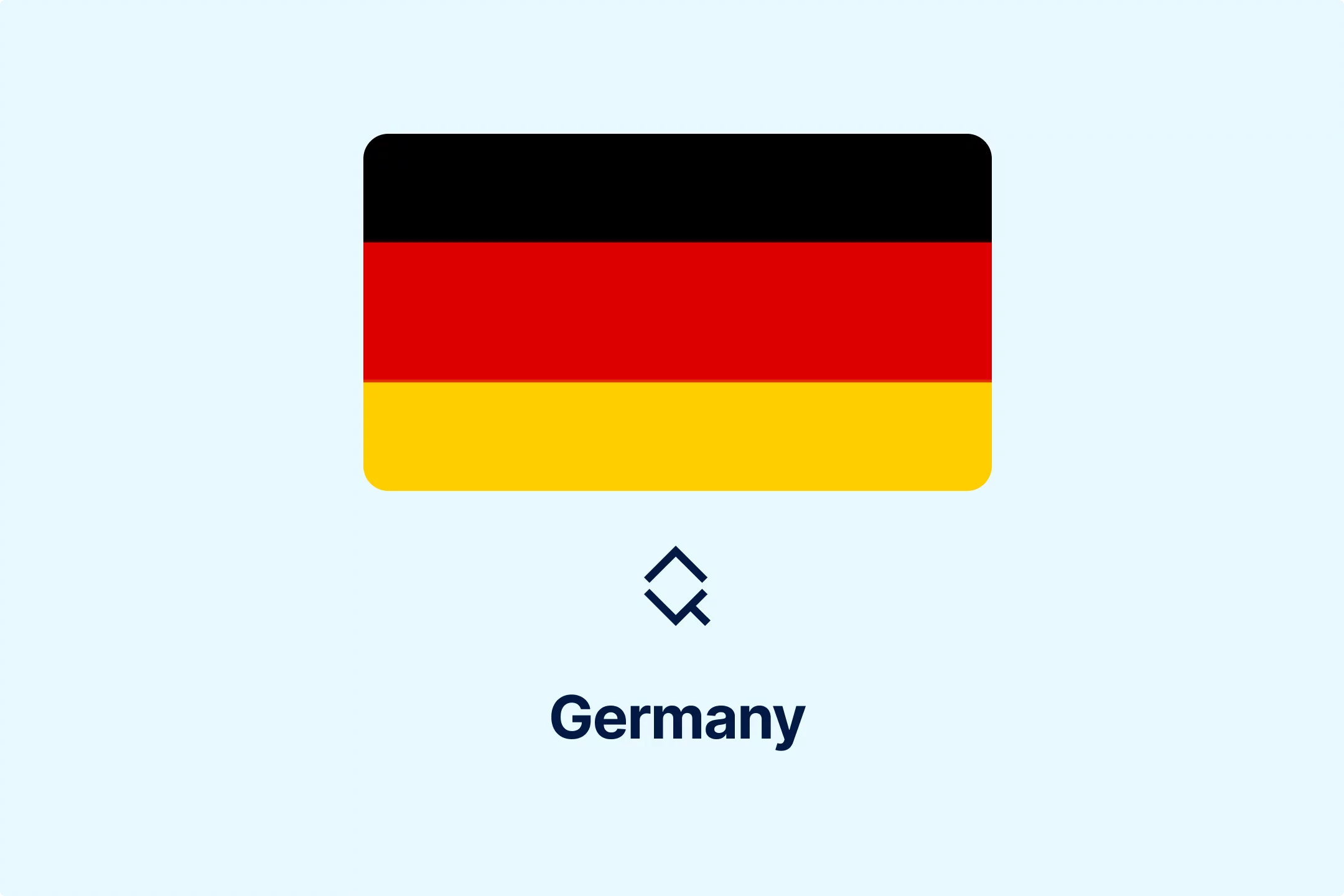
-wl9bl1rw3a.webp)
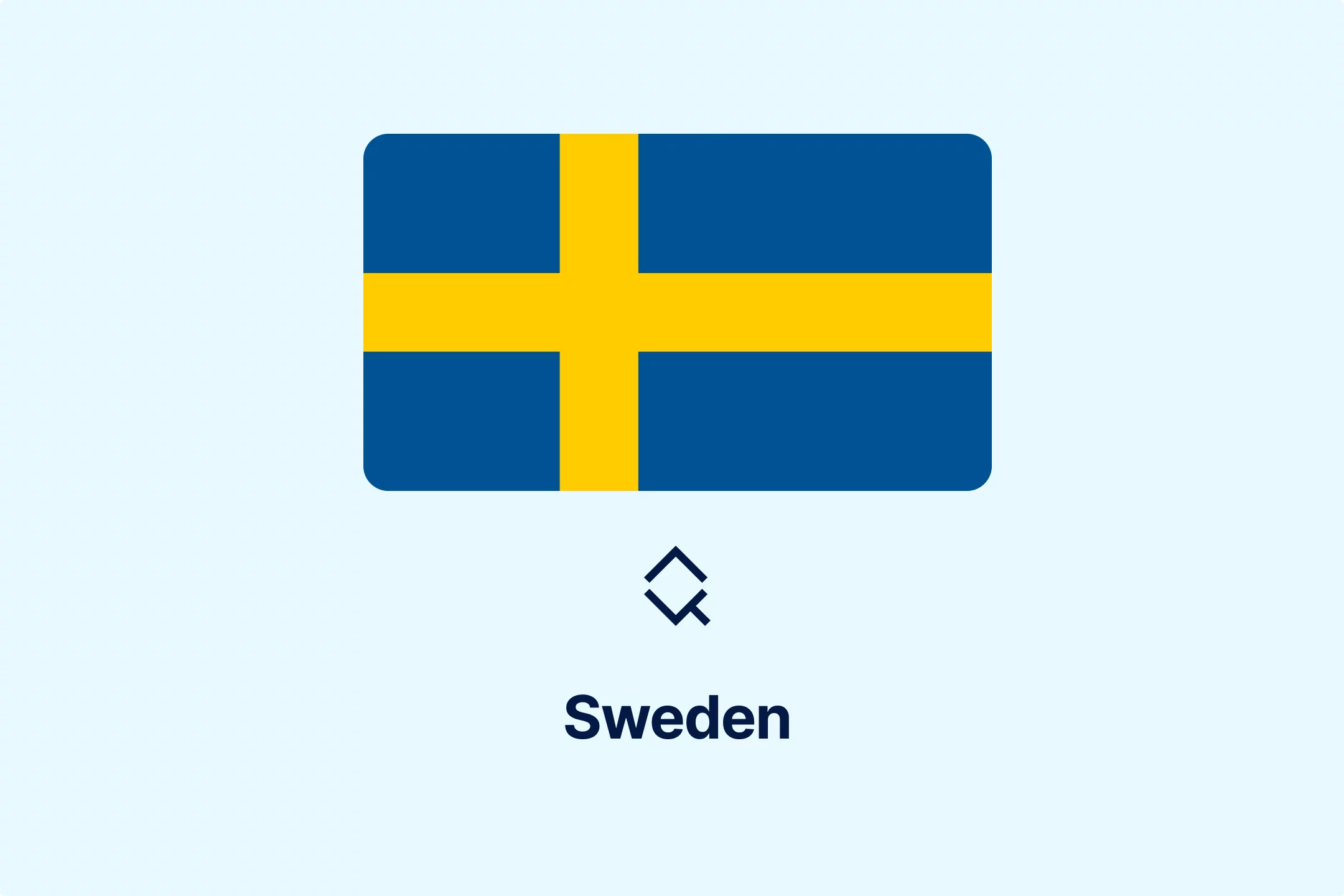
-2w76jtvtuk.webp)

-c0uvrmrq9j.webp)

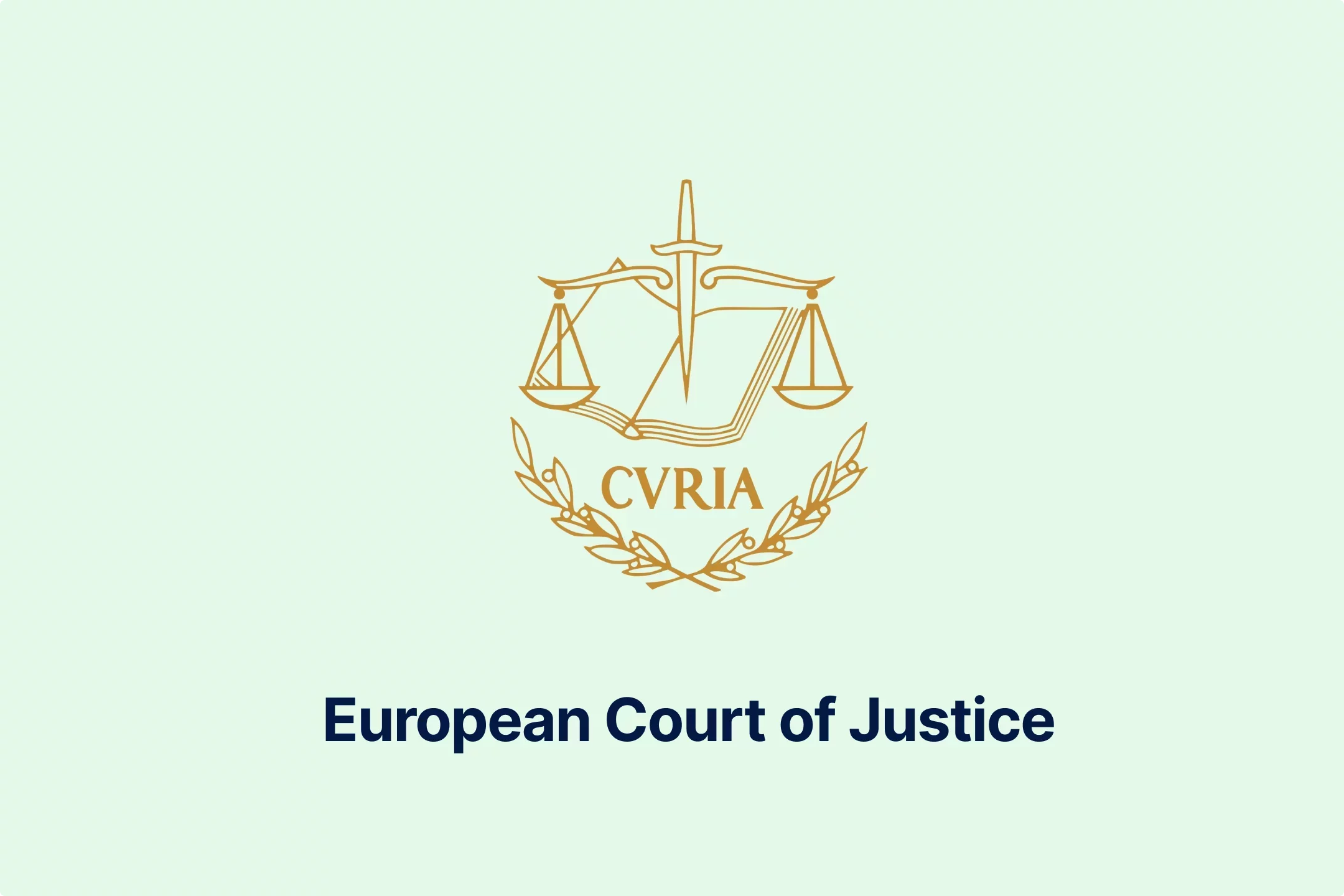

-pofe7ucwz3.webp)



-5cc23ezxyf.webp)
-rrmabbekeb.webp)
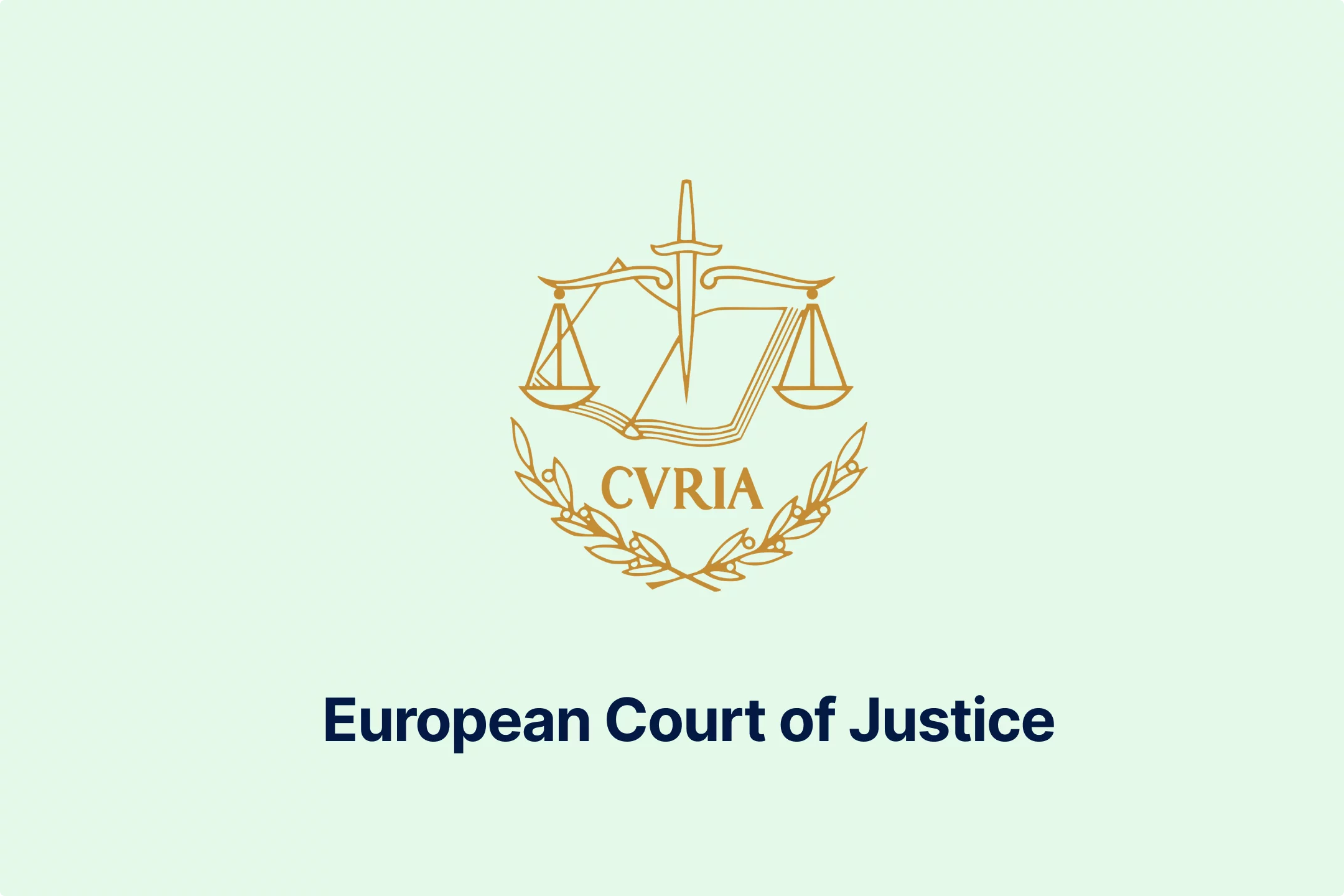


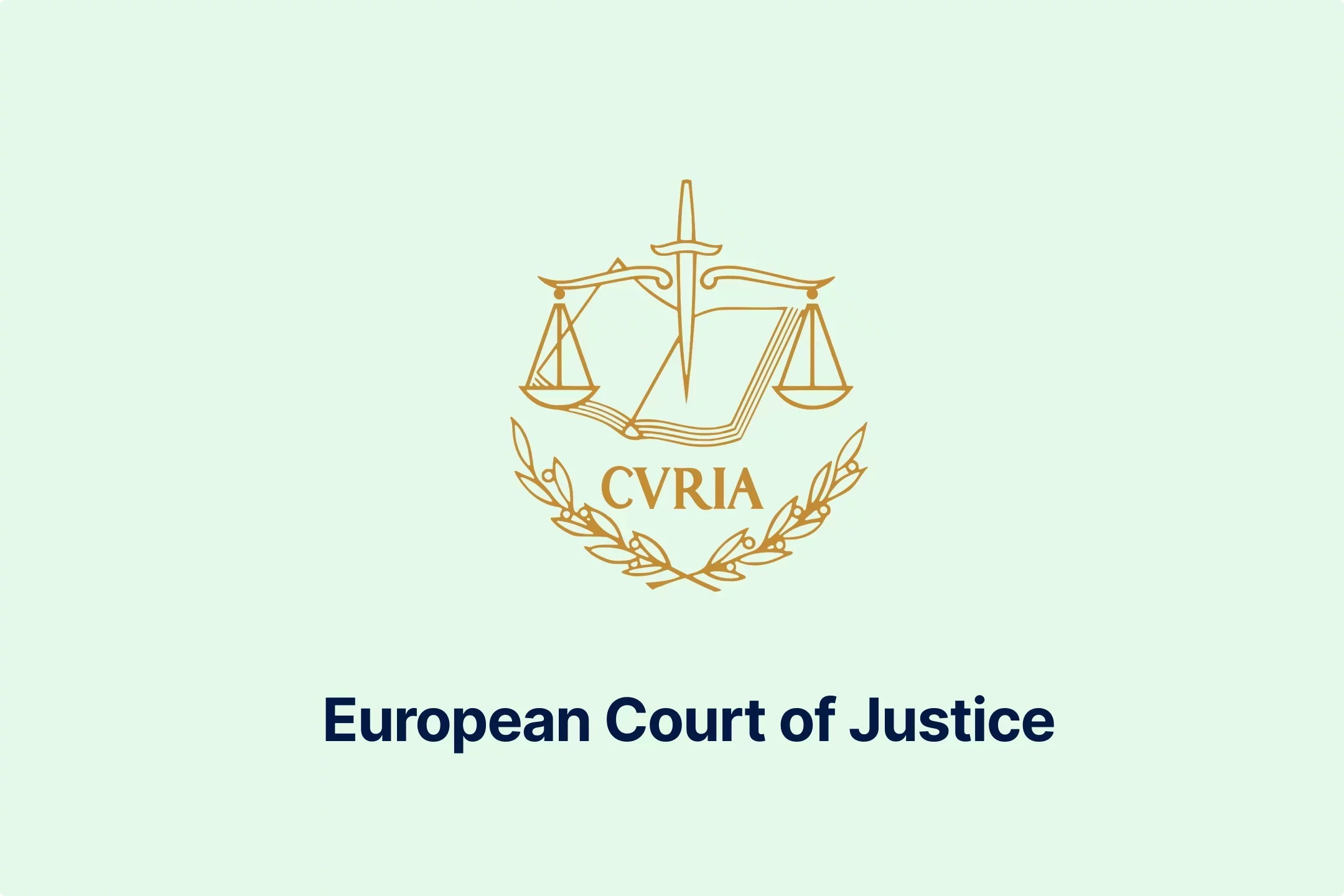




-iyyeiabtaf.webp)
-c8rbjkcs01.webp)
-nilkffjhah.webp)

-hikakq55ae.webp)

-z1d60bldtg.webp)
-d1a0q6n7mp.webp)
-viip8nvoeh.webp)
-bvv1otliox.webp)



-de8hdb1bn3.webp)
-7xsxxoypnx.webp)

-cm0opezg73.webp)
-0tovsdupmi.webp)
-subxdamdj6.webp)


-gly6ablwnh.webp)
-gkduqhwbzh.webp)
-qpe1ld9vcj.webp)
-8noukwsmba.webp)
-aka29tuhkt.webp)


-fisvs27yrp.webp)


-mp0jakanyb.webp)

-aivzsuryuq.webp)



-o7f4ogsy06.webp)

-zjja92wdje.webp)
-hrbhdts8ry.webp)
-qtdkwpgkug.webp)


-cf8ccgah0p.webp)
-0em3cif5s6.webp)






-ptzesl0kij.webp)

-tfzv42pyms.webp)
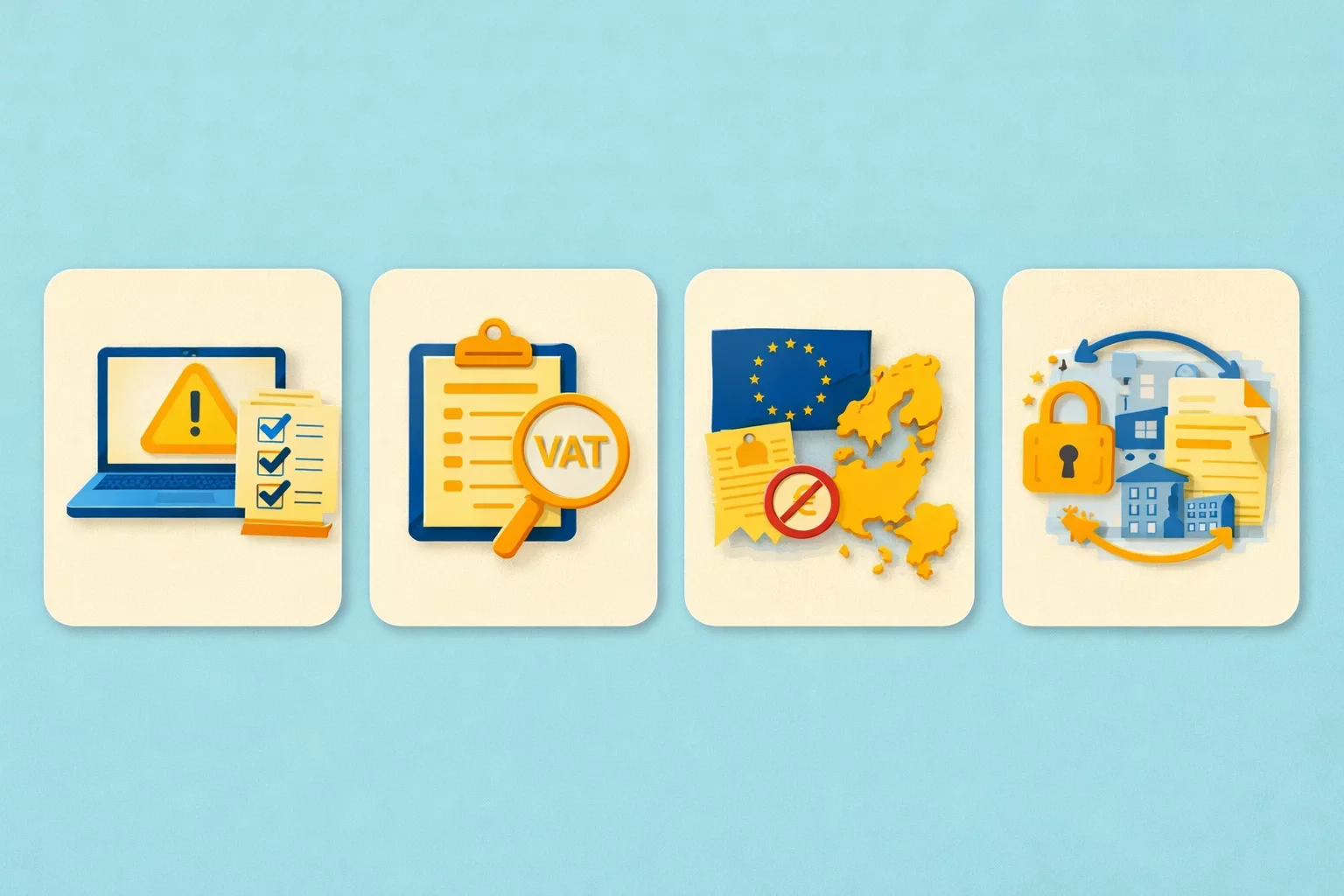






-uodv7sfbih.webp)
-bbrdfmm9qf.webp)



-m2tl8crfqr.webp)




-1awbqjgpjs.webp)
-avbjsn1k1g.webp)


-0h8ohkx6s0.webp)



-wfmqhtc7i6.webp)
-7wljbof2zo.webp)

-eqt97uyekl.webp)
-wzw9mcf563.webp)

-z4oxr6i0zd.webp)




-l0zcrrzvhb.webp)
-fhtic1pwml.webp)

-iipdguuz9p.webp)
-nkhhwrnggm.webp)
-pltqwerr3w.webp)

-nn6mtfbneq.webp)

-tmnklelfku.webp)



-8z1msbdibu.webp)
-7g16lgggrv.webp)



-lxcwgtzitc.webp)
-9mc55kqwtx.webp)


-xla7j3cxwz.webp)
-jrdryw2eil.webp)






-t9qr49xs2u.webp)


-qjopq5jplv.webp)



-vune1zdqex.webp)

-qsozqjwle2.webp)
-rgjta7iwiv.webp)

-zb6bxxws47.webp)
-lyfjzw4okp.webp)

-ogpfmol5m1.png)


-czisebympl.png)

-zetvivc79v.png)
-ud7ylvkade.png)
-qizq6w2v5z.png)







-ihr6b4mpo1.webp)
-k1j4au0ph6.webp)
-swxxcatugi.webp)


-ig9tutqopw.webp)

-tauoa6ziym.webp)

-spr0wydvvg.webp)

-xfuognajem.webp)





-u2nv5luoqc.webp)








-opuxpan2iu.webp)




-kwttsfd8ow.webp)
-8u14qi10nj.webp)

-wjpr96aq5g.webp)

.png)

.png)


.png)


.png)



.png)
.png)
.png)
.png)
.png)

.png)
.png)




.png)
.png)



































































































































